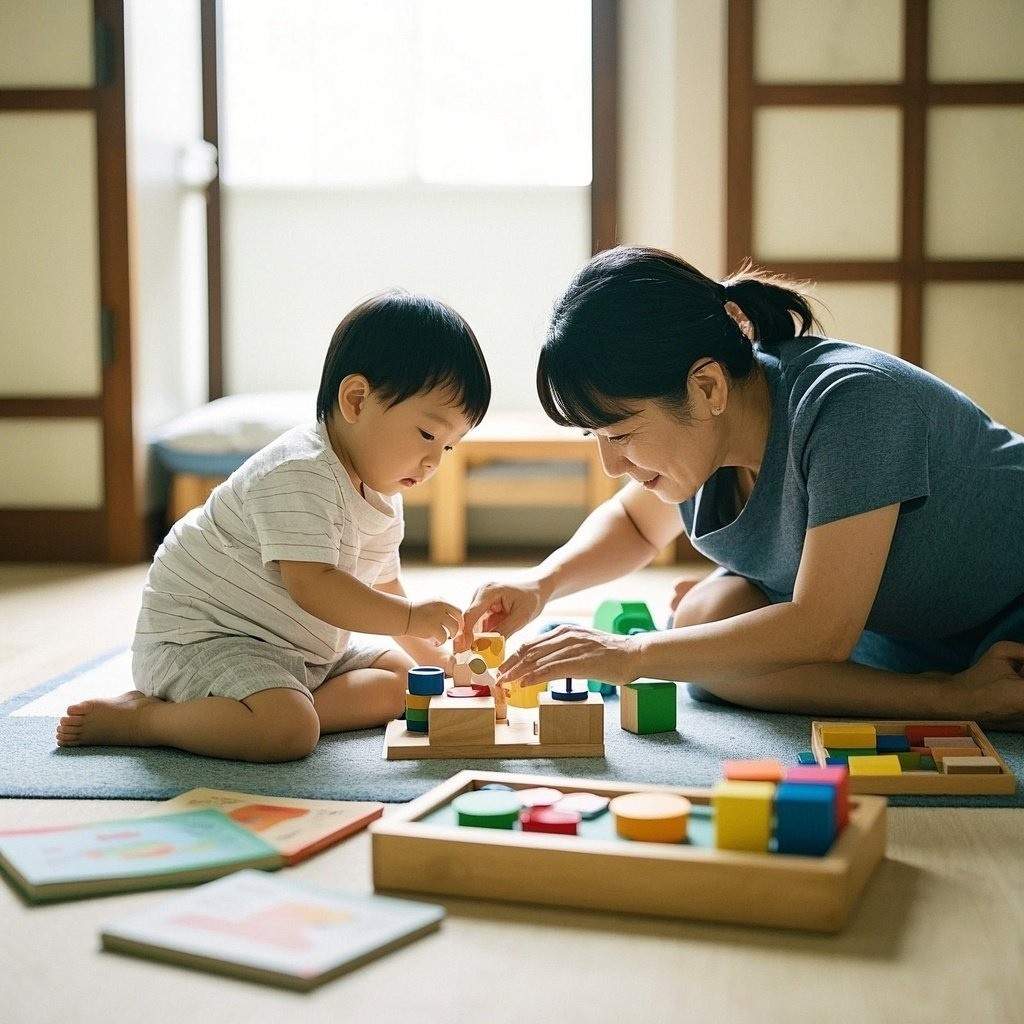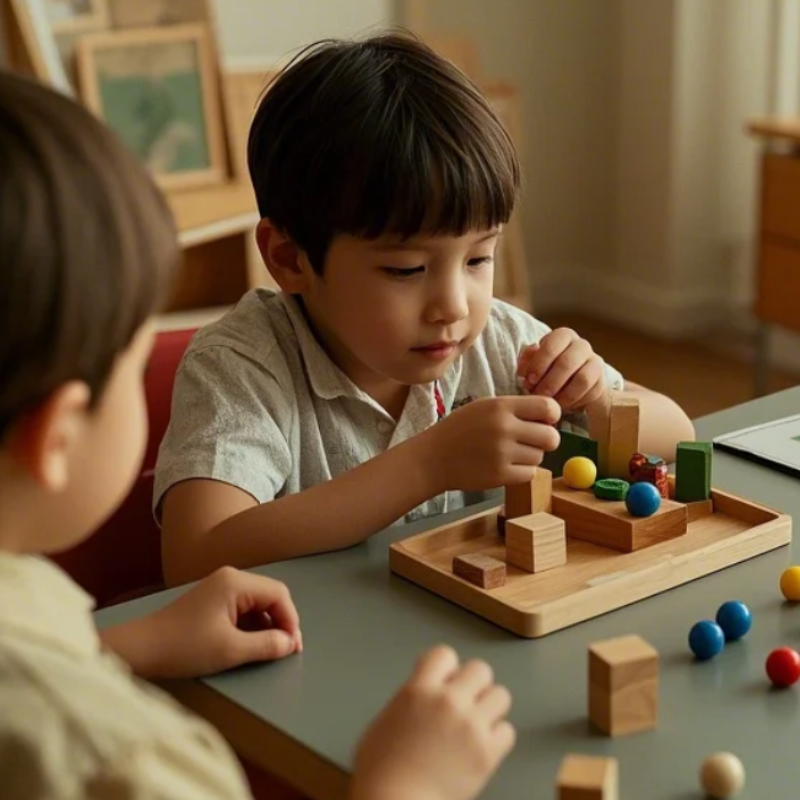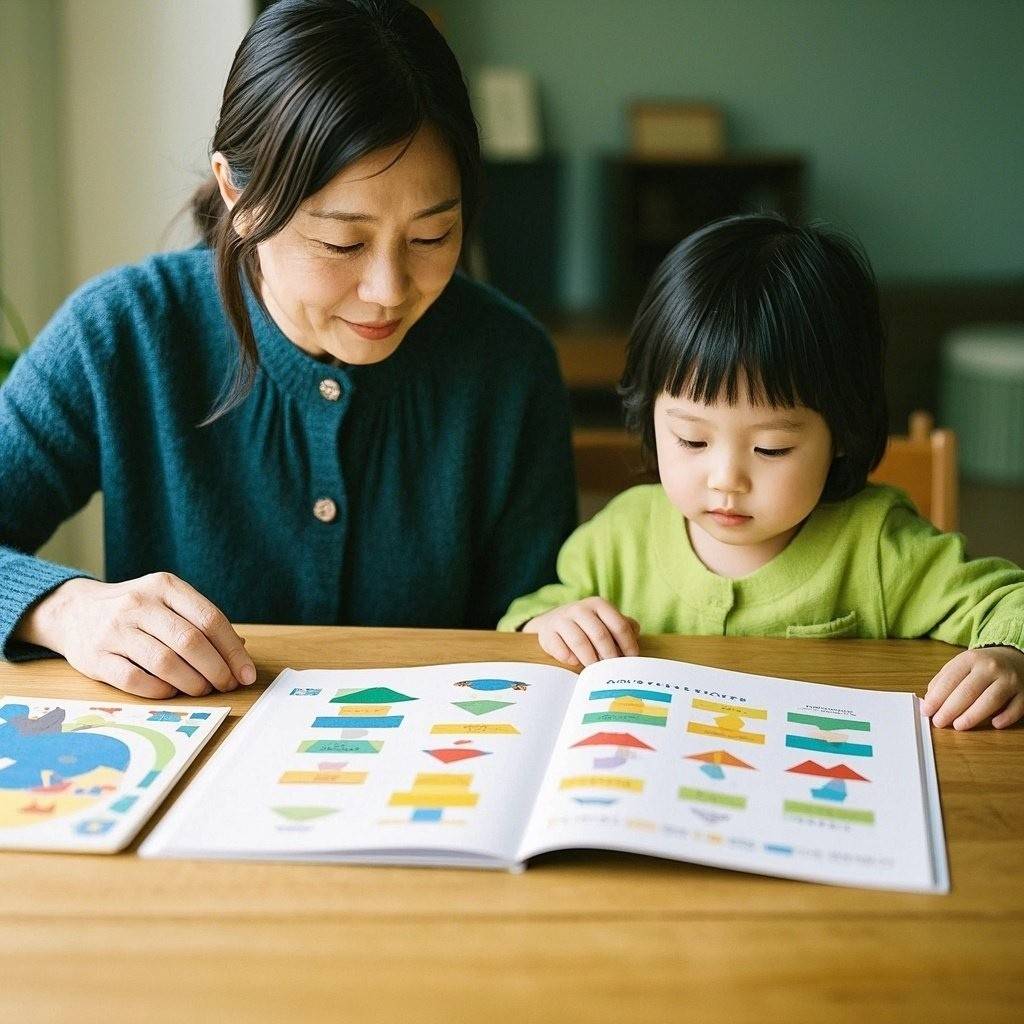Introduction
Early childhood education lays the cornerstone for a child’s future success, affecting everything from social adaptability and emotional intelligence to academic readiness. Two of the most common types of programs that families explore for their young children are preschool and Pre-K (short for pre-kindergarten). While these terms are sometimes used interchangeably, especially in casual conversation, they often denote distinct educational approaches and cater to slightly different age groups and developmental needs.
The differences can sometimes be subtle. Preschool may serve a broader age range and often emphasizes play-based learning for children who are just being introduced to a structured group setting. Pre-K, on the other hand, frequently targets the year just before a child enters kindergarten, with a curriculum that can be more academically oriented, especially regarding early literacy and numeracy. However, both programs share core objectives: they aim to enhance social skills, foster emotional well-being, and ignite a lifelong passion for learning in a supportive, nurturing environment.
Given the pivotal role these programs can play in shaping a child’s early academic and social experiences, it’s important for parents and caregivers to understand their distinctions. Whether you have a toddler who seems ready for new experiences or a four-year-old rapidly approaching the kindergarten milestone, choosing the right program can set the stage for a smooth transition into formal schooling. In the following sections, we’ll delve into the definitions, age groups, and curricular focuses associated with preschool and Pre-K, offering a nuanced view that will help you make an informed decision.
1. Definition of Preschool
Preschool is an educational setting designed for children who are generally between the ages of two-and-a-half and four (although exact age ranges can vary by region and institution). The core philosophy behind most preschool programs is that young children learn best through play, exploration, and hands-on activities. This developmental stage is often referred to as the “pre-academic” phase, meaning the focus is less on formal academics and more on fostering basic social, emotional, and physical skills.
Key Characteristics of Preschool
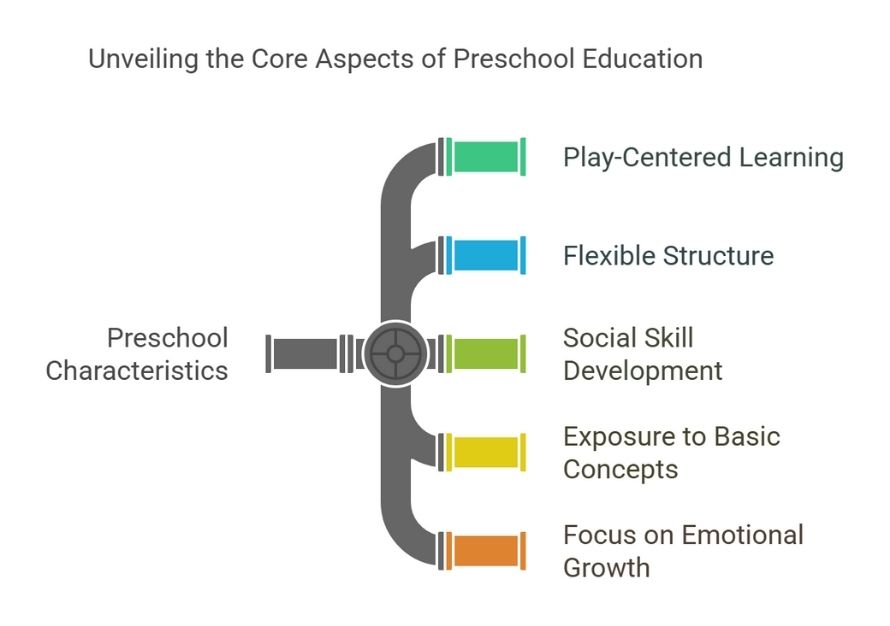
- Play-Centered: Preschools typically employ a play-based approach, recognizing that young children learn by engaging with materials, peers, and their environment. Play activities are carefully curated to teach essential skills such as fine motor coordination, communication, and emotional regulation.
- Flexible Structure: While preschools maintain a routine—like circle time, snack time, and free play—they often leave ample room for spontaneous exploration. This structure helps children become familiar with daily routines while still having the freedom to discover their interests.
- Social Skill Development: One of the primary goals of preschool is teaching children to interact with peers and adults in a healthy way. Children learn how to share, take turns, resolve minor conflicts, and express themselves verbally. These skills lay the foundation for more advanced social interactions in later grades.
- Exposure to Basic Concepts: Although preschools might introduce letters, numbers, shapes, and colors, the emphasis is typically on experiential learning rather than rote memorization. Children might learn the alphabet through songs or identify shapes in a nature walk, thus combining education with enjoyment.
- Focus on Emotional Growth: Preschool programs often include activities and discussions aimed at helping children recognize and express their emotions. Teachers guide them in developing empathy, patience, and resilience, crucial attributes for future academic and personal success.
Because preschool is generally the first experience many children have outside the home on a regular schedule, it serves as a gentle introduction to structured learning. The goal is to build confidence, spark curiosity, and develop the foundational social-emotional skills that children will need throughout their educational journey.
2. Definition of Pre-K
Pre-K, or pre-kindergarten, is often seen as a bridge between preschool and the formal kindergarten curriculum. It typically targets children who are around four years old (sometimes three-and-a-half, depending on cutoff dates and individual program requirements), with the anticipation that these children will enter kindergarten the following academic year. Although the philosophy of play-based learning remains crucial, Pre-K programs can place a stronger emphasis on preparing children academically, socially, and emotionally for the more structured environment they will encounter in elementary school.
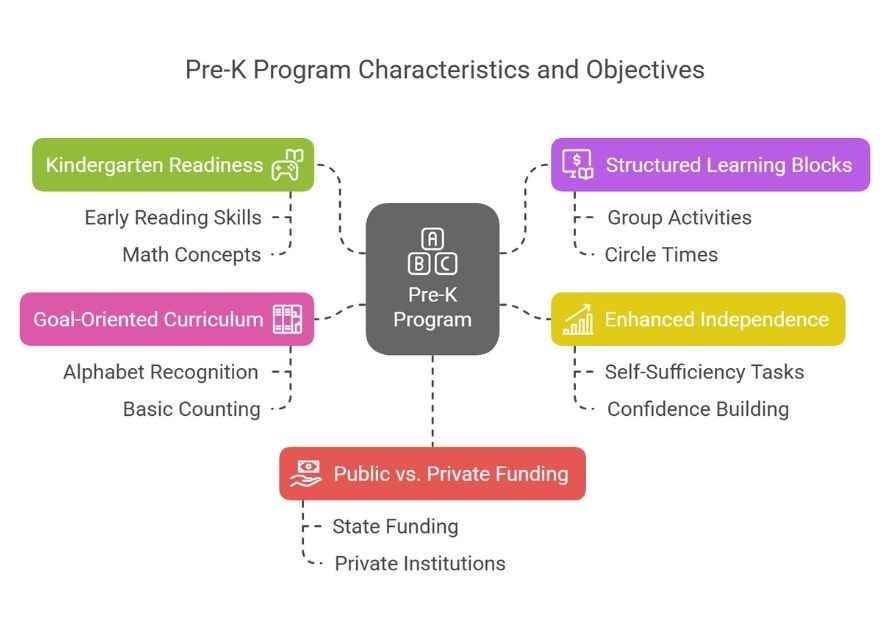
Key Characteristics of Pre-K
- Kindergarten Readiness: Pre-K is explicitly designed to ease children into the routines, expectations, and academics of a kindergarten classroom. This can involve practicing early reading and writing skills, beginning math concepts, and continuing to refine social-emotional competencies.
- Structured Learning Blocks: While free play and exploration are still integral, Pre-K may introduce slightly longer group activities or learning blocks to familiarize children with the focus they’ll need in kindergarten. Teachers often use circle times to discuss the weather, calendar dates, or thematic units that promote basic literacy and numeracy skills.
- Enhanced Independence: Pre-K children are encouraged to become more self-sufficient—putting away their belongings, following multi-step instructions, and engaging in tasks with minimal adult intervention. This fosters both confidence and personal responsibility.
- Goal-Oriented Curriculum: Many Pre-K programs outline specific learning goals, such as recognizing all letters of the alphabet, writing one’s own name, or counting to a certain number. These benchmarks help ensure children have the necessary foundational skills for kindergarten.
- Public vs. Private Funding: In some regions, Pre-K is funded by the state or local governments and can be part of a public school system. Other areas may only offer Pre-K through private institutions. The structure and curriculum may vary, but the overall objective remains consistent: to prepare children for the academic and social rigors of elementary school.
Because Pre-K is more closely aligned with formal education standards, it generally has a higher level of structure than preschool. However, it remains distinct from kindergarten by maintaining a strong emphasis on play, creativity, and developmental appropriateness, ensuring that children aren’t rushed into purely academic activities before they’re ready.
3. Age Group in Preschool
Preschools generally accept children starting from around two-and-a-half to three years old up until they are four or five—depending on local kindergarten entry policies. This age range can be flexible based on factors like potty training and readiness for a group setting. In many areas, a child must be fully toilet-trained to enroll, though some programs are more lenient or offer assistance with training.
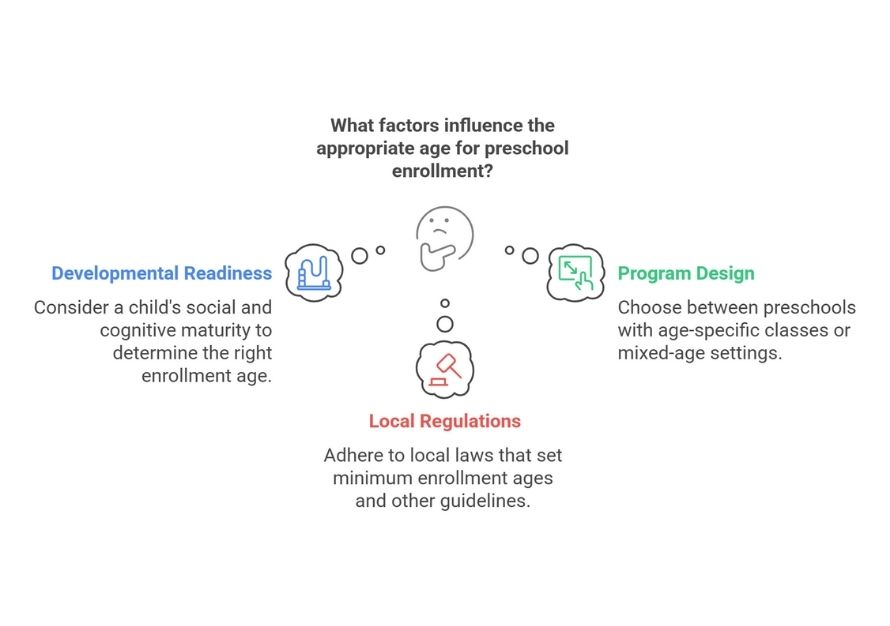
What Influences the Age Group?
- Developmental Readiness: Some children demonstrate early social or cognitive maturity, prompting parents to enroll them in preschool slightly earlier. Others might benefit from waiting a few extra months, particularly if they struggle with separation anxiety or certain self-care tasks.
- Program Design: Certain preschools split their classes by age (e.g., a “Younger Twos” class, a “Threes” class), while others adopt a mixed-age setting that allows children to learn from older or younger peers.
- Local Regulations: In some places, licensing requirements set minimum ages for preschool enrollment. These regulations might also influence teacher-student ratios, classroom size, and types of activities allowed.
Parents often see preschool as the first formal setting in which their child will interact regularly with a larger group of peers. Because of this, social skills—like sharing, turn-taking, and playing cooperatively—tend to take precedence over academics for these younger ages. The environment caters to the attention spans and energy levels typical of toddlers and young preschoolers, providing plenty of room for physical movement and interactive, hands-on learning.
4. Age Group in Pre-K
Pre-K programs typically cater to children around four years old, preparing to enter kindergarten the following school year. Some programs may accept children as young as three-and-a-half, especially if they turn four by a certain date or meet developmental milestones. In most areas, the cutoff for kindergarten enrollment is age five by a specific month (often September or December), and Pre-K enrollment requirements mirror these guidelines.
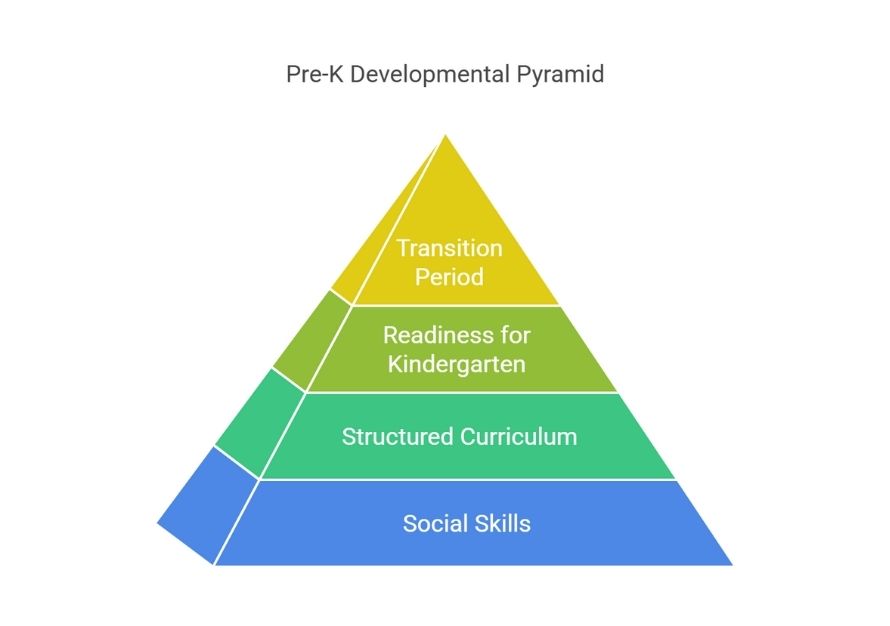
Why Focus on Four-Year-Olds?
- Readiness for Kindergarten: By four, many children are capable of more advanced tasks such as writing their names, recognizing numbers up to 10 (or beyond), and engaging in lengthier group discussions. Pre-K capitalizes on these emerging skills.
- Refinement of Social Skills: Four-year-olds are generally better at communicating emotions and understanding social rules. This increased comprehension allows for more complex role-play, team projects, and cooperative tasks, reinforcing group dynamics similar to kindergarten.
- Structured Curriculum: Pre-K programs can incorporate more academically oriented goals without compromising on developmental appropriateness. Children at age four often show a greater capacity to sit for stories, participate in guided activities, and follow multiple-step instructions, which are all crucial for elementary school.
- Transition Period: The final year before kindergarten is a transitional period where children shift from the purely exploratory approach of preschool to a slightly more structured learning environment. Pre-K offers just enough structure to acclimate them to upcoming academic expectations, while maintaining the nurturing, supportive atmosphere that is central to early childhood education.
Because of the focus on four-year-olds, Pre-K teachers design lessons that bridge playful learning with introductory academics. This balance ensures that children arrive in kindergarten with a degree of familiarity regarding classroom norms, which can alleviate the anxiety some children experience when starting formal schooling.
5. Curriculum in Preschool
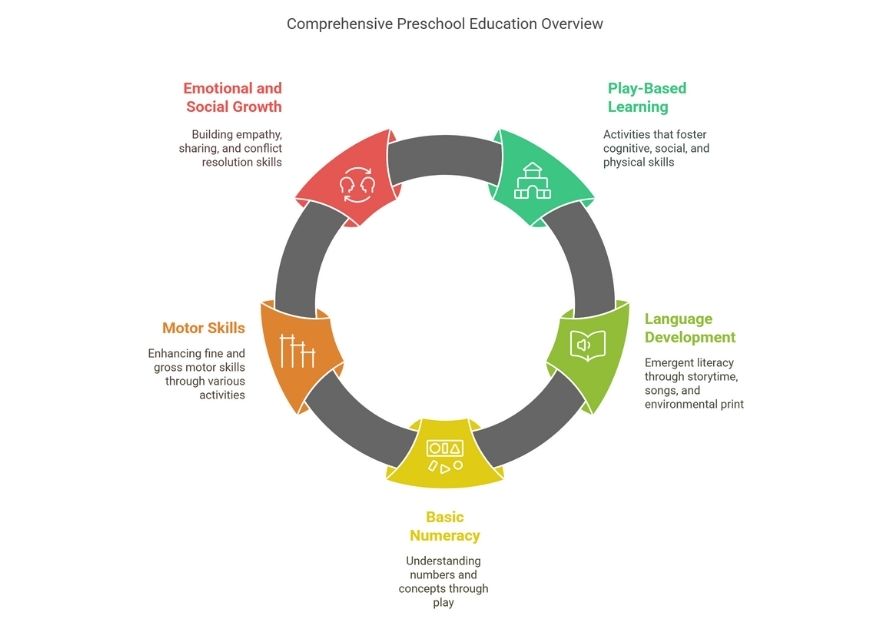
Play-Based Foundation
Preschool curricula are anchored in play-based methodologies. Teachers present activities that let children experiment with various materials—blocks, art supplies, puzzles, and more. Whether indoors or outdoors, play is viewed as the medium through which cognitive, social, and physical skills develop organically.
Language Development
While formal reading lessons are typically not the focus, preschools often integrate emergent literacy activities:
- Storytime: Group reading sessions where teachers pause to ask children questions about the plot or characters, encouraging active engagement.
- Sing-Alongs: Songs and rhymes that help children pick up new vocabulary and phonetic patterns.
- Labeling and Environmental Print: Classrooms may label objects (e.g., “Chair,” “Door,” “Table”) or display children’s names on their cubbies, subtly exposing them to written language.
Basic Numeracy
Math concepts in preschool revolve around counting objects, identifying shapes, and understanding the concepts of “more” or “less.” Activities might include:
- Sorting: Grouping toys or blocks by color or size.
- Number Recognition: Pointing out numbers during stories or calendar activities.
- Simple Addition or Subtraction in Play: Using visual aids like counting bears or fruit manipulatives to demonstrate how numbers add up or decrease.
Fine and Gross Motor Skills
Preschools put a lot of emphasis on developing motor skills:
- Fine Motor: Activities like threading beads onto strings, playing with clay, and finger-painting help children strengthen the muscles necessary for eventual writing tasks.
- Gross Motor: Playground time, dance routines, and obstacle courses promote coordination, balance, and spatial awareness.
Emotional and Social Growth
At this age, children continue to practice following basic rules, expressing emotions verbally, and making friends. Teachers guide them in conflict resolution, sharing, and empathy-building exercises. Many preschool classrooms incorporate “circle time,” where children learn to listen quietly, respect others’ personal space, and wait their turn to speak. These seemingly small lessons are essential building blocks for future academic and interpersonal success.
6. Curriculum in Pre-K
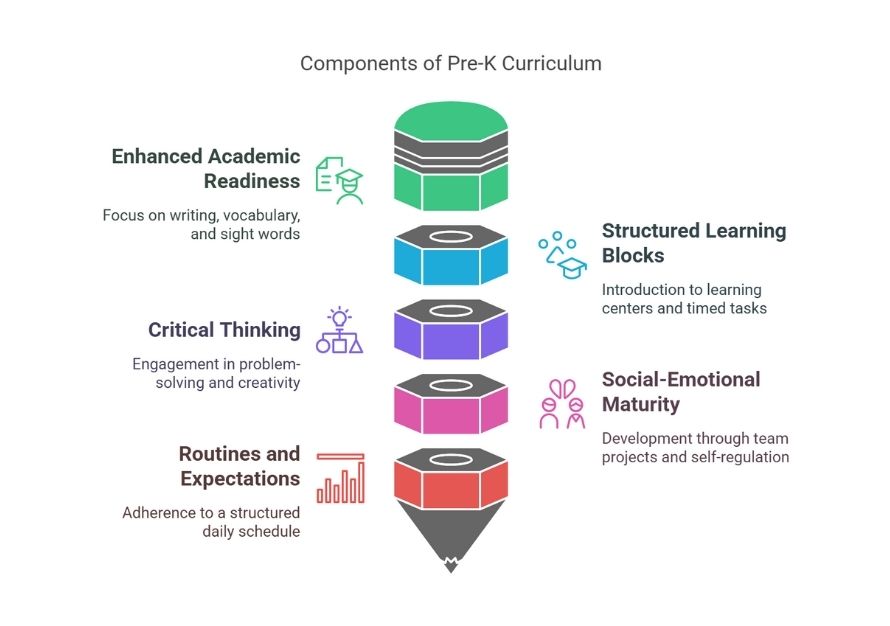
Enhanced Academic Readiness
Pre-K curricula typically build on the foundational skills acquired in preschool but include a more explicit focus on preparing children for kindergarten-level work. Children might:
- Practice Writing: Tracing letters, writing their names, and learning proper pencil grip.
- Expand Vocabulary: Through thematic units (e.g., seasons, community helpers), children are introduced to a broader range of words and concepts.
- Learn Sight Words: Teachers may introduce a small set of high-frequency words, such as “the,” “and,” or “is,” to jumpstart early reading.
Introduction to Structured Learning Blocks
While free play remains integral, Pre-K classrooms might incorporate more formal “learning centers” or stations devoted to reading, math, science, or art. Children rotate through these stations in small groups, learning to follow instructions and complete tasks within a set timeframe. This system simulates the structure of elementary school, where students move between subjects according to a schedule.
Critical Thinking and Problem-Solving
Four-year-olds are ready for slightly more complex problem-solving tasks. Teachers might pose open-ended questions—“How can we build a bridge that doesn’t fall down?”—and provide children with materials to experiment. Such activities stimulate creativity, logical reasoning, and collaboration with peers.
Social-Emotional Maturity
Pre-K teachers often work on refining social-emotional skills to ensure smoother peer interactions:
- Team Projects: Group art or science experiments that require cooperation.
- Leadership Roles: Assigning children as a “line leader” or “calendar helper” fosters responsibility.
- Self-Regulation: Children learn to manage more nuanced social challenges, such as waiting patiently for a turn in a game or calming themselves when frustrated.
Routines and Expectations
Pre-K classes might adhere to a daily schedule resembling that of a kindergarten classroom—morning circle, reading time, snack, outdoor play, math or reading centers, lunch, and quiet or nap time. By following a predictable routine, children get used to transitions, which eases the adjustment process when they enter full-day kindergarten.
Conclusion
Choosing between preschool and Pre-K can sometimes feel like a daunting decision, but understanding the core differences clarifies the process significantly. Preschool generally caters to a younger demographic—often starting around age two-and-a-half or three—and emphasizes social, emotional, and basic cognitive skills in a largely play-based setting. It focuses on helping children acclimate to a group environment, develop motor skills, and explore foundational language and numeracy concepts through hands-on activities.
Pre-K, on the other hand, is often tailored for children closer to four years old (or turning four by a certain date), with a purposeful orientation toward kindergarten readiness. While still upholding the importance of play and child-led exploration, Pre-K programs introduce more structured learning blocks, delve into early literacy and numeracy more explicitly, and enhance social-emotional competencies in preparation for the more academic and regulated world of elementary school.
Ultimately, the “right” choice depends on your child’s age, developmental stage, and individual needs. Some children thrive in a preschool environment until just before kindergarten, while others benefit from the slightly more rigorous structure of a Pre-K program for that crucial transition year. By considering your child’s personality, strengths, and readiness for structured learning, you can select a program that sets them up not only for academic achievement but also for a positive, confidence-building experience in their earliest years of schooling.


